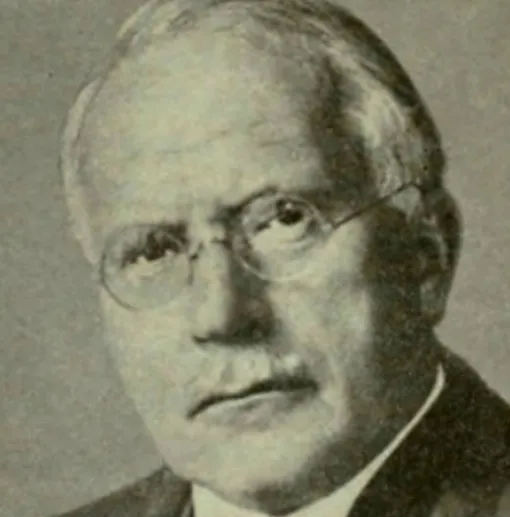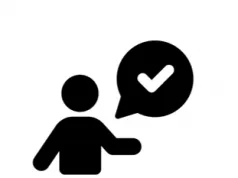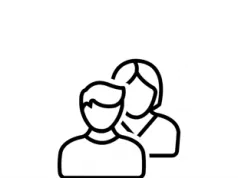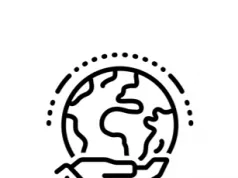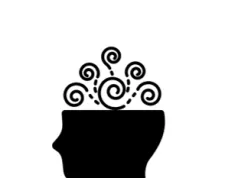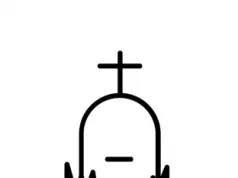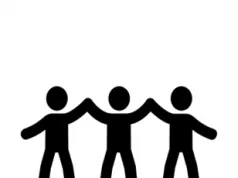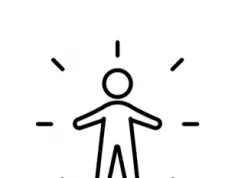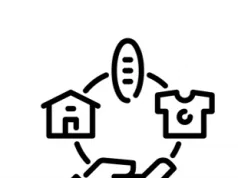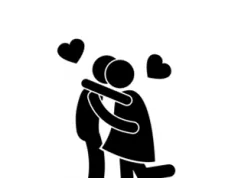Among Carl Jung’s main theories in psychology is the Collective Unconscious – of which “Archetypes” play a key role. Archetypes play an important role in Jungian Therapy.
Jung suggested that our collective unconscious was expressed through archetypes – which are signs and symbols of thought and behaviour.
Background
Carl Jung is one of the most famous psychologists in history. He has made widescale contributions to the field of psychology, and mental health too.
His theory of the collective unconscious is among his most-known works. The collective unconscious refers to the structures that combine to make up the Unconscious mind – according to Jung.
Jung put forward four major archetypes:
- Self
- Anima
- Animus
- Shadow
The Self Archetype
When we think of the “self”, it is difficult to put a definition on it. It could be said we would naturally think of “I”, or “who I am”.
However, Jung’s “personal self” refers to the ego – the personal conscious of the individual. The combination of collective unconscious and personal conscious results in the “self”.
When the “self” is created, it allows us to maximise our potential and reach the fullness of our existence. Jung called this process Individuation.
One of the ultimate aims of Jungian Therapy is to aid a person in their efforts to achieve individuation – as Jung suggested this would mean little mental problems would exist.
The Persona Archetype
The persona archetype refers to how we present ourselves as a person to others. Jung identified that we often do not fully show our true self, instead we act in a way that we want to put across to others.
Jung argued that often, we mistake our persona for our true self. However, as long as a person reaches self-actualisation and awareness of self. this shouldn’t happen.
The Anima/Animus Archetype
The anima represents the “feminine” qualities of the male psyche, while the animus represents the “masculine” qualities of men. Therefore, Jung suggested that both genders had characteristics of the other.
However, this isn’t something commonly seen. In some ways, we have been conditioned as humans to believe that it is important to not show any characteristics of the opposite gender.
The anima archetype is not specific to an individual – instead it is femininity in its entirety. Similarly, the animus archetype is not specific to each person – instead it refers to masculinity in its entirety.
The Shadow Archetype
The shadow archetype is sometimes viewed as the personality’s dark part. It refers to the deeper and darker elements of our psyche. It involves our desires, weaknesses and repressed ideas.
Jung argued that these elements typically appear in dreams, which is why dream analysis was so important to him. He believed these dreams could end up revealing deeper thoughts and fears – which could be linked to mental health disturbances.
Jung suggested that a key element in mental wellbeing is for a person to integrate the shadow into the real self. Jung suggested this could lead to self-acceptance, which is excellent for mental health.
Summary
The archetype’s are interesting, and shows Jung’s analysis and theory in action. They are certainly not universally agreed with, but they do make some points which make some degree of sense.
Jung’s ideas have certainly impacted psychology. The archetypes mentioned continue to play a role in Jungian Therapy – which is a type of therapy that has helped many people improve their mental wellbeing.
See Also
- Jungian Therapy: Everything You Need to Know
- Advantages and Disadvantages of Jungian Therapy
- 8 Things You Should Know About Jungian Therapy
- Carl Jung’s Collective Unconscious Theory and Mental Health
- Carl Jung’s Theory of Individuation and Mental Health
- What is the Difference Between Freud and Jung’s Psychoanalytic Theory?
- What Are The 4 Key Archetypes According to Carl Jung?
- List of Therapy Types
Disclaimer
This website should be used purely for informational purposes, and does not intend to, nor should it ever, be used as a replacement for professional medical advice.
We strive to keep all of our pages updated, and ensure that our website is full of factual and in-depth information. However, we encourage you to browse this website with care.
As a reminder, this website and all content within it cannot and should not replace the advice of a trained medical professional. You can read our full disclaimer at this link.
Helplines
If you are struggling with your mental health, help is available. With the right support and treatment, you can make a recovery. For information on helplines, or if you are in a state of crisis, please visit our crisis page by clicking on the relevant link for your geographical location (United Kingdom), (United States), (International). You can also see how to get mental health treatment and the process involved by clicking this link.

